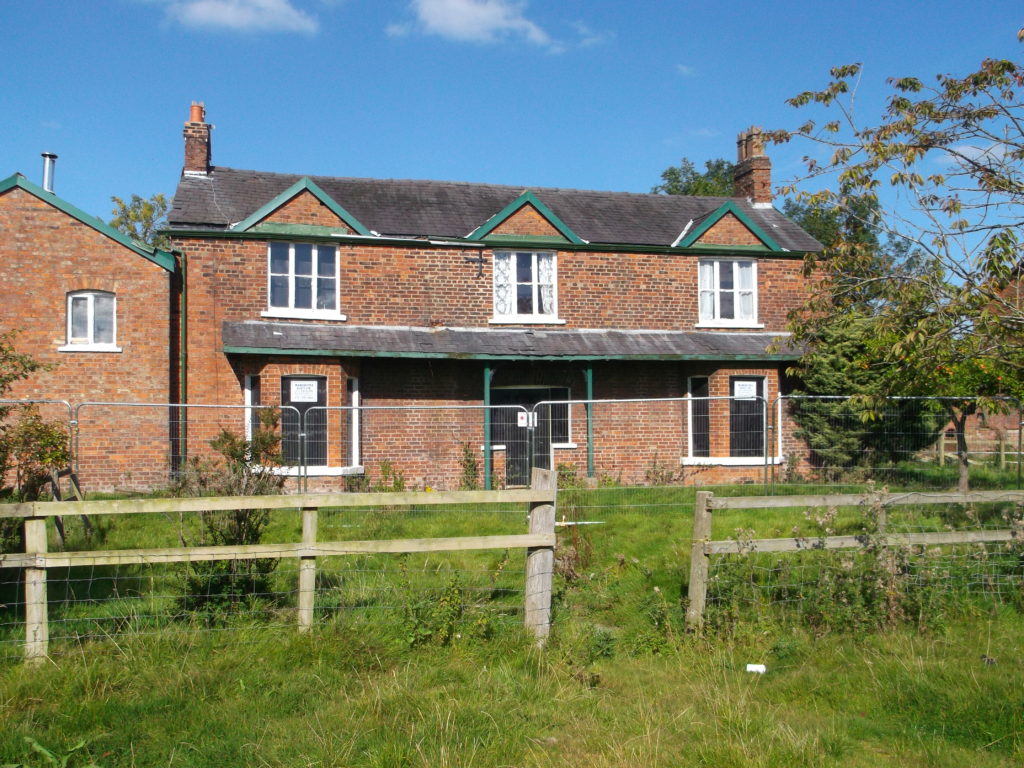Buy to let seems to have become an increasingly unappealing proposition over the last few years. But it’s important to remember that the fundamentals are still favourable.
Tenant demand is strong, if not at an all time high, while lets are in short supply in many places as some landlords have decided to exit the market. Rents are on the rise too, with the average UK rent now touching over £1,000 pcm.
It’s probably fair to say, however, that being successful in buy to let calls for a lot more thought than it used to do – when pretty much any property would work as a rental. Here are a few basic strategies to help find the most successful buy to let opportunities.
Know your market inside out

Local prices are of course important but local rents and rental potential are even more important. Look at what sort of rental market exists there (if any). Consider what rents are achievable. Look at what sort of tenants are looking to rent there.Ask local letting agents: If I buy a buy to let in this area what are the best streets to buy in and what type of property should I buy|?
Check local letting listings to see what lets are currently available and how quickly or slowly they let. Aim to buy the type of property that is in high demand but in short supply. It will rent more easily, you will have many potential tenants to choose from. The rents and yields should be higher.
Buy to let is really all about demand.
Find the best mortgage
While the interest rate is only going in one direction there are still some excellent buy to let mortgage deals to be had. Take professional financial advice on the best way to finance your buy to let. Rising property values could mean that there could be more equity in your own home/existing properties which you could make use of.
Look for below market value property
Aiming to buy at under market value maximises the chances of achieving good capital appreciation. It protects you to some extent against any future falls in the property market.
Ways of buying at below market value include buying at a property auction, whether an online or offline property auction, or offering to buy property for cash.
Properties that are hard/impossible to mortgage are often available below market value and yet their rental value is not.
Look to add value
Looking to add value will, hopefully, give you an immediate capital gain. It will protect you against future price falls. And it will increase both the rentability of a property and the rent you can earn.

Ways to add value include renovating a property before letting it (also consider buy refurbish refinance rent), extending a property, subdividing a property into flats or converting a commercial property.
Check the EPC before you shortlist a property
You’ll need an Energy Performance Certificate of at least E to be able to let a property out. This could change to C in future. If a property you’re interested in has a poorer EPC than C allow for the costs of any future upgrades in your budget.
Consider buy to let niches
Rather than just plain vanilla buy to let consider niches that typically offer better yields. Student lets, short term lets, holiday lets and HMOs typically offer higher yields.
Consider limited company formation
Operating your buy to let through a limited company can change the ‘numbers’ from marginal to profitable. It’s something you need to take professional advice on however. Operating through a limited company is unlikely to be cost effective for a single property.
Analyse every potential deal in detail
Today it’s no longer good enough to use the ‘rent less mortgage and a bit of profit’ approach to decide if buy to let deals will work. You need to analyse the numbers in detail to make sure they stack up.
Use a professional deal analysis tool to make sure your investment will be profitable – try Property Prospector from PaTMa for example.
Choose tenants carefully
Choosing the best tenant has always been important, but now more than ever. The fast rising cost of living means that even tenants who enter into a tenancy in good faith could struggle to pay the rent over the next few years. It’s essential to ensure that a tenant’s monthly income will cover the rent by a good margin. Ideally it should be at least 2.5x the rent.
To sponsor this post, or place your own sponsored post on Property Insider, please contact us at hello@propertyinsider.info We also offer a service producing posts and other high quality property content for your own website.


